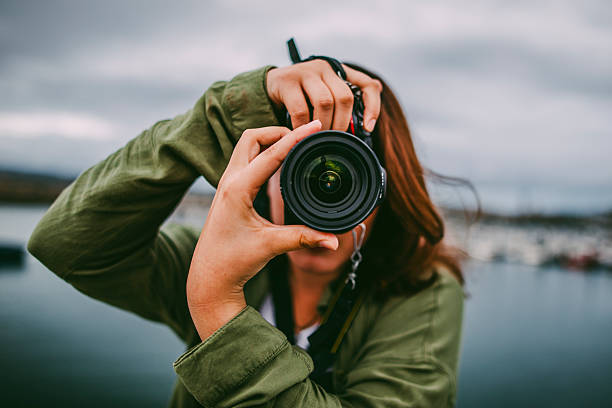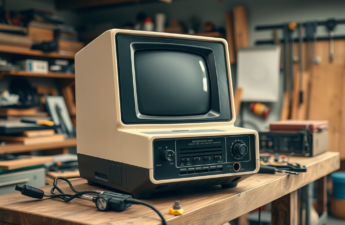Choosing the best digital camera can be overwhelming due to the myriad of options available. This article will guide you through the most crucial aspects you need to consider to make an informed decision. From understanding different types of cameras to evaluating key features and specifications, we will cover everything you need to know.
Understand Different Types of Digital Cameras

Before diving into the specs and features, it’s essential to understand the various types of digital cameras. These include compact cameras, DSLR (Digital Single-Lens Reflex) cameras, and mirrorless cameras. Each type has its own set of advantages and disadvantages, making them suitable for different types of users.
Compact cameras are typically lightweight and easy to use, making them perfect for casual photographers and travelers. On the other hand, DSLRs offer more advanced settings and interchangeable lenses, appealing to professional photographers. Mirrorless cameras combine the best of both worlds by providing high-quality images without the bulk of DSLRs, thus catering to both amateurs and professionals.
Key Features to Consider
Resolution and Image Quality
One of the most critical factors to consider is the resolution of the camera, often measured in megapixels (MP). Higher megapixels generally mean better image quality, but it isn’t the only factor. The type of sensor used also plays a significant role in determining the quality of your photos. Full-frame sensors usually provide better image quality compared to crop sensors, but they are also more expensive.
Additionally, consider the camera’s low-light performance, dynamic range, and color accuracy. These attributes contribute significantly to the overall image quality, particularly if you plan to shoot in varying lighting conditions.
Lens Compatibility and Options
Your choice of lenses will dramatically affect your photography style and the quality of your images. DSLRs and mirrorless cameras come with interchangeable lenses, giving you the flexibility to choose different lenses for various shooting conditions. If you opt for a DSLR or a mirrorless camera, ensure there’s a wide range of lenses available for that model.
Some cameras come bundled with a kit lens, which can be a good starting point. However, investing in specialized lenses like a wide-angle lens for landscapes or a telephoto lens for wildlife can significantly elevate your photography experience.
Additional Features
Modern digital cameras come with numerous additional features that can enhance your photography experience. Look for features such as image stabilization, which helps reduce blur, and continuous shooting speed, essential for capturing fast-moving subjects. Face detection and high ISO performance are also useful features to consider.
Moreover, consider connectivity options like built-in Wi-Fi, Bluetooth, or NFC, which can simplify the process of sharing and transferring photos. Some cameras also offer GPS and weather-sealing, making them ideal for outdoor photographers.
Setting Your Budget
Budget is a significant factor in choosing the best digital camera. Cameras range from affordable point-and-shoot models to high-end professional equipment. Start by determining how much you’re willing to spend, and then look for cameras within that range. Keep in mind that accessories like lenses, tripods, and external flashes can add to the overall cost.
Creating a list of features you need versus those you want can help you stick to your budget without compromising on essential functionalities. Also, consider looking at older models or refurbished cameras to get the best bang for your buck.
Conclusion
Choosing the best digital camera involves considering various factors, including the type of camera, key features, lens compatibility, and your budget. Understanding these elements will help you make an informed decision that suits your needs and enhances your photography skills. Whether you’re a casual shooter or a professional photographer, there’s a digital camera out there that will meet your needs.
FAQs
1. What is the difference between a DSLR and a mirrorless camera?
DSLRs use a mirror mechanism to reflect light into an optical viewfinder, whereas mirrorless cameras use electronic viewfinders or LCD screens. Mirrorless cameras are generally more compact but may offer similar image quality to DSLRs.
2. How important is the megapixel count in a digital camera?
While a higher megapixel count can provide more detailed images, other factors like sensor type, lens quality, and camera settings also significantly impact image quality. Therefore, it’s one of several features to consider.
3. What should I look for in a camera if I plan to shoot videos?
For videography, consider cameras that offer 4K resolution, high frame rates, and good autofocus capabilities. Additional features like headphone jacks for audio monitoring and image stabilization are also beneficial.
4. Are there any budget-friendly options for beginner photographers?
Yes, many entry-level DSLRs and mirrorless cameras offer great performance at a lower price point. Brands like Canon, Nikon, and Sony have models specifically designed for beginners.
5. Is it necessary to buy additional lenses?
While the kit lens that comes with most cameras can suffice for general photography, investing in specialized lenses can significantly improve your photography in specific areas, such as portrait or landscape photography.



